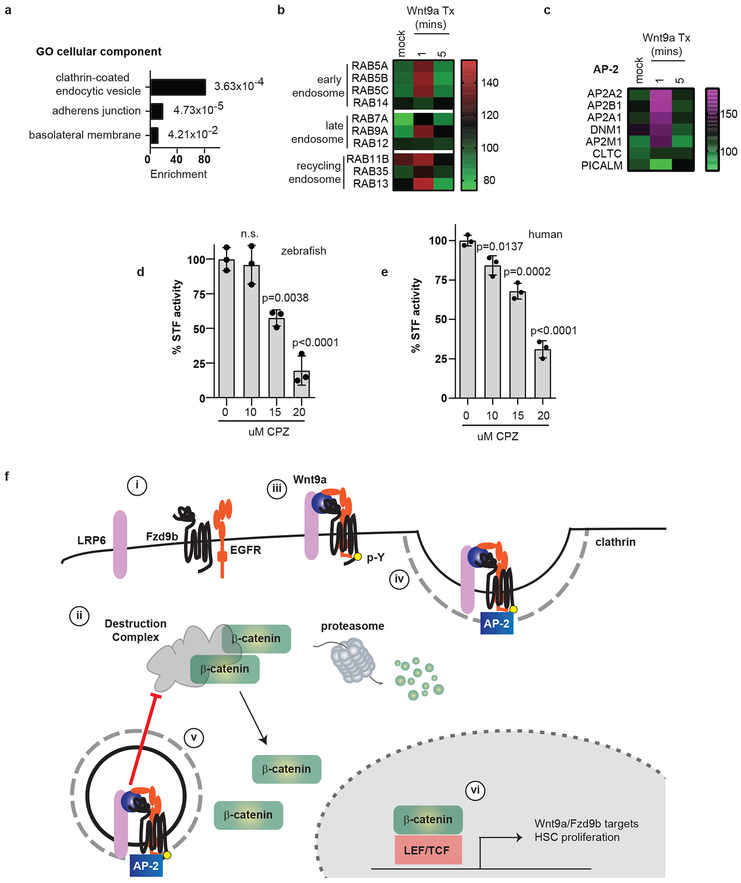Figure 6: Clathrin-mediated endocytosis is required for the Wnt9a-Fzd9b signal.
a. Fold enrichment of GO terms for cellular components identified from the top 5% of changed proteins in Fzd9b-APEX2 HEK293T cells treated with Wnt9a. p-values are listed next to each bar. n=3 biological replicates, see methods for analysis and statistics. b. Heatmap of Fzd9b-APEX2 proximity labeled normalized intensities of RAB members in the early endosome, late endosome and recycling endosome over time from n=3 biological replicates. c. zFzd9b-APEX2 proximity labeled normalized intensity averages of 3 biological replicates. d. STF assay with zWnt9a and zFzd9b cultured with chlorpromazine (CPZ); n=3 experiments each. e. STF assay of hWNT9A CHO/hFZD9 STF co-culture treated with chlorpromazine (CPZ); n=3 experiments each. In all graphs, dots represent biological replicates from a single experiment; bars represent the mean and error bars represent the standard deviation. n.s. not significant. Statistical analyses by ANOVA compared to control as indicated. All STF assays were repeated independently with a similar trend. f. i. Fzd9b, LRP6 and EGFR are resident in proximity at the cell surface; f. ii. the destruction complex targets β-catenin for degradation in the absence of a ligand; f. iii. in the presence of Wnt9a, EGFR phosphorylates the Fzd9b tail at Y556. f. iv. AP-2 and clathrin are recruited. f. v. Fzd9b-LRP6 oligomerization leads to dissociation of the destruction complex and release of β-catenin into the cytosol, allowing for nuclear translocation. f. vi. Nuclear β-catenin transactivates a program for HSC proliferation.

